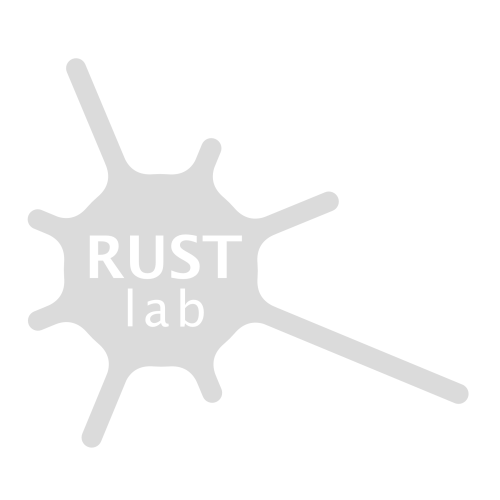Infrastructures provide stability and determination. Or do they? What happens if we look in a different direction at where and at how infrastructures can be indeterminate and facilitate what is new, unexpected, contingent, breaking down, and barely even possible?
This term, the RUSTlab Lectures will engage in thinking about infrastructuring alongside indeterminacy. Infrastructuring indeterminacy and intdeterminate infrastructures are dynamic processes of excess and overflows. By relating the two concepts to each other, we hope to raise questions about how to find ways to live with indeterminacies in a complex world. Can indeterminacies be infrastructured? Should they? Which ones?
Time is central in the study of infrastructuring indeterminacy. Opening the lecture series, Julie Mewes and Frauke Rohden analyze how timing devices contribute to infrastructuring academia. Phoebe Sengers, current visiting scholar at the RUSTlab, takes us to remote places of the world, inquiring the indeterminacies unfolding when local and extended infrastructures of different temporalities collide.
Repair is one of the techniques necessary to maintain the relationship between infrastructures and indeterminacy. Instead of the standard narrative of strength and the comprehensive character of digital security infrastructures, Laura Kocksch will in her lecture discuss digital security as indeterminate and beyond repair.
Even the most advanced, standardized and infrastructured technologies are indeterminate. Andrey Korbut identifies indeterminacy in anthropomorphic robot interactions. His lecture takes us to Andrey’s empirical observations from public robot performances.
In the last lecture this term, Lindsay Poirier will attend to a key epistemic infrastructure of the modern world: Statistics. Indeterminacy may be both the reason for bending statistics, and its outcome.
Download the PDF file of this text.
